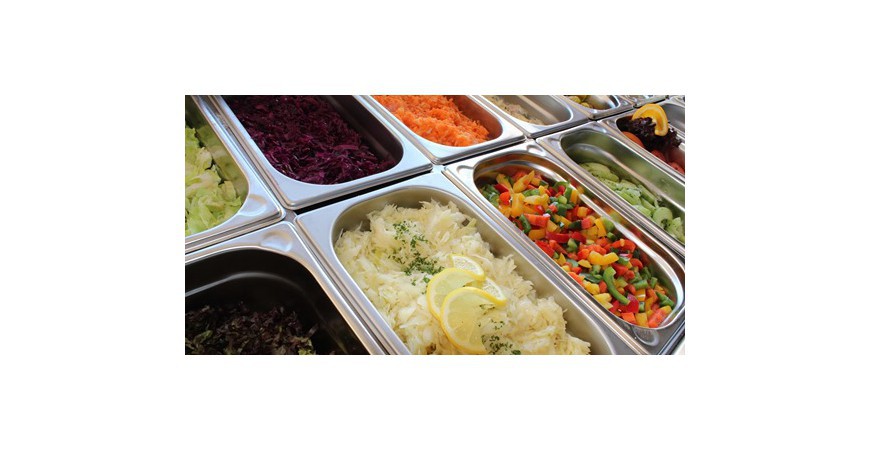How to clean a Gastro container
Most dishwashing detergents (without disinfectant) are liquid soaps that are harmless for the user and safe for stainless steel ; this is not the case for products containing chlorides or acidic products that would be handled and used without precaution. So how do you clean your gastro-tray?
The use of chlorides: salt and disinfectant
The protective layer on the surface of a stainless steel can show a small local weakness in resistance if it is subjected to liquid washing products containing a lot of chlorides; corrosion goes on and the metal is attacked. Corrosion is more or less visible depending on contact time, salt concentration and temperature.
Two possible cases :
- The chlorides are removed by careful rinsing of the surface very quickly, and the protective layer forms again on the surface of the stainless steel. The gastro-container can then be used without any problems. This is the case with cooking utensils such as pots and pans, which are washed thoroughly after each use.
- Chlorides remain in contact with the surface for a long time and are not rinsed off. Corrosion continues, and the gastro-containers, or cooking equipment, is damaged forever.
The use of disinfectants: the 5 rules to respect
- Respect the dose: if you apply more disinfectant than necessary, not only will you not increase the level of disinfection, but it will certainly lead to corrosion of the stainless steel. Never pour pure disinfectant directly onto stainless steel.
- Respect the temperatures: it is imperative to respect the operating temperatures recommended for disinfectant products. It is therefore necessary to take care not to heat the disinfectant product, but also not to use the product on a surface that is still hot.
- Respect the contact time: it is essential to limit the contact time of the product with the stainless steel surface, as the risk of corrosion increases with the increase of contact time.
- Rinse abundantly: this is the best remedy against corrosion, as rinsing removes chlorides or active products contained in the disinfectant products.
- Dry: drying prevents the formation of white sptots due to the presence of limescale in the water.
The importance of water quality
Some water networks can supply highly chlorinated water: in this case, it is particularly important to check the status of bain marie, pot bottoms, pans, gastro pans, etc. and wipe them clean immediately after rinsing. To fight against scaling, installations are often equipped with a water softeners, the principle consists of exchanging calcium or magnesium ions for sodium ions, which do not cause scaling.
Can I clean my stainless steel gastro-tray with bleach?
Bleach is a disinfectant containing sodium hypochlorite.
- Bleach does not wash, and should always be diluted with cold water before being applied to stainless steel.
- Bleach should never be used hot: it is more effective at 20°C than at 40°C. It decomposes with temperature, losing its disinfectant properties, and corrodes stainless steel very quickly.
- Bleach should never be mixed with a cleaning product or acid, such as lemon, vinegar or a descaling agent. This causes the release of a gas that is harmful to the respiratory system... and can be fatal.
Conclusion
- Use referenced cleaning products; give preference to cleaning products that do not contain disinfectants and are safe for stainless steel.
- Observe the manufacturers' advice and the indications of the cleaning products.
- Limit the use of metal sponges to a strict minimum.

